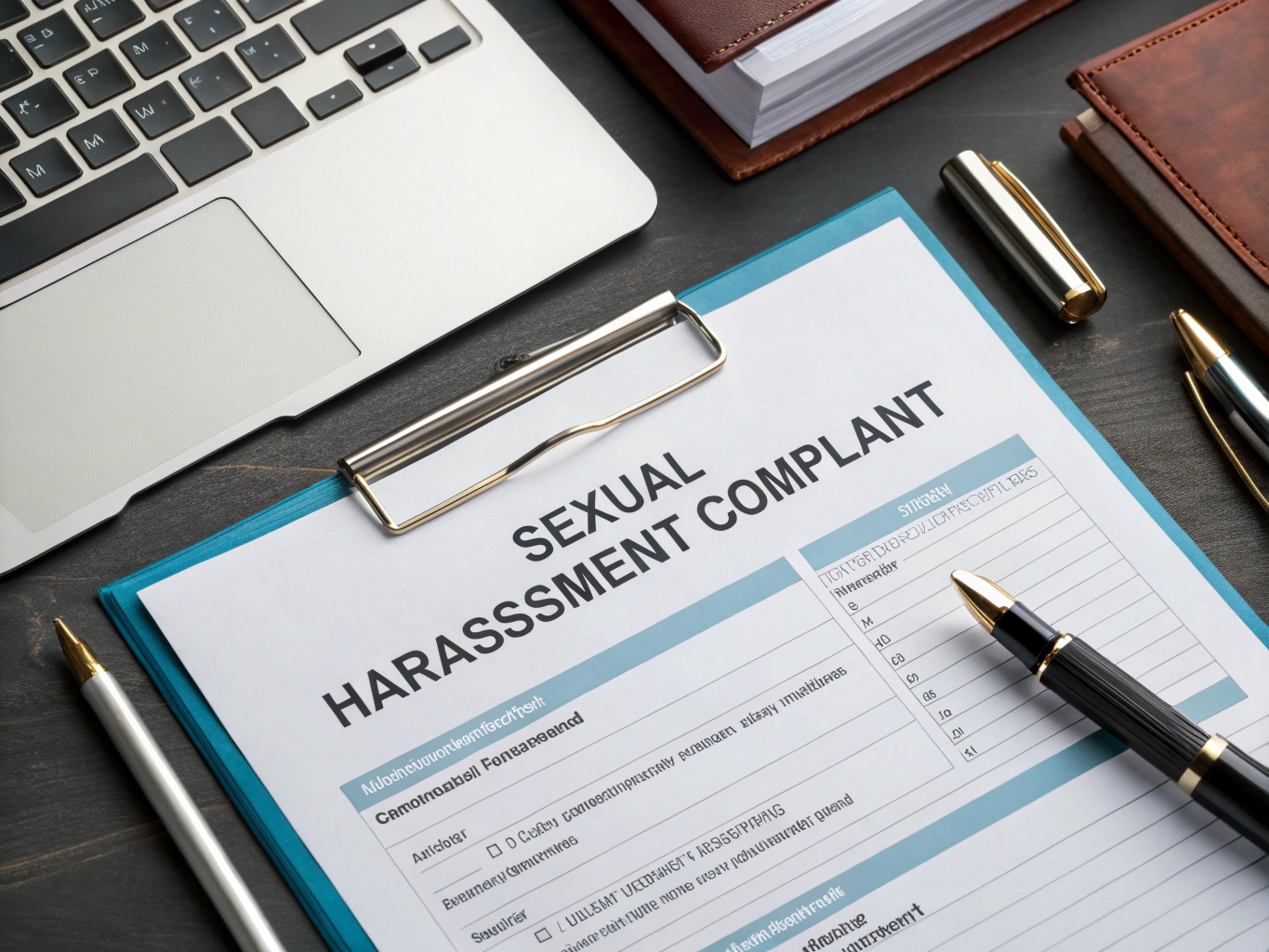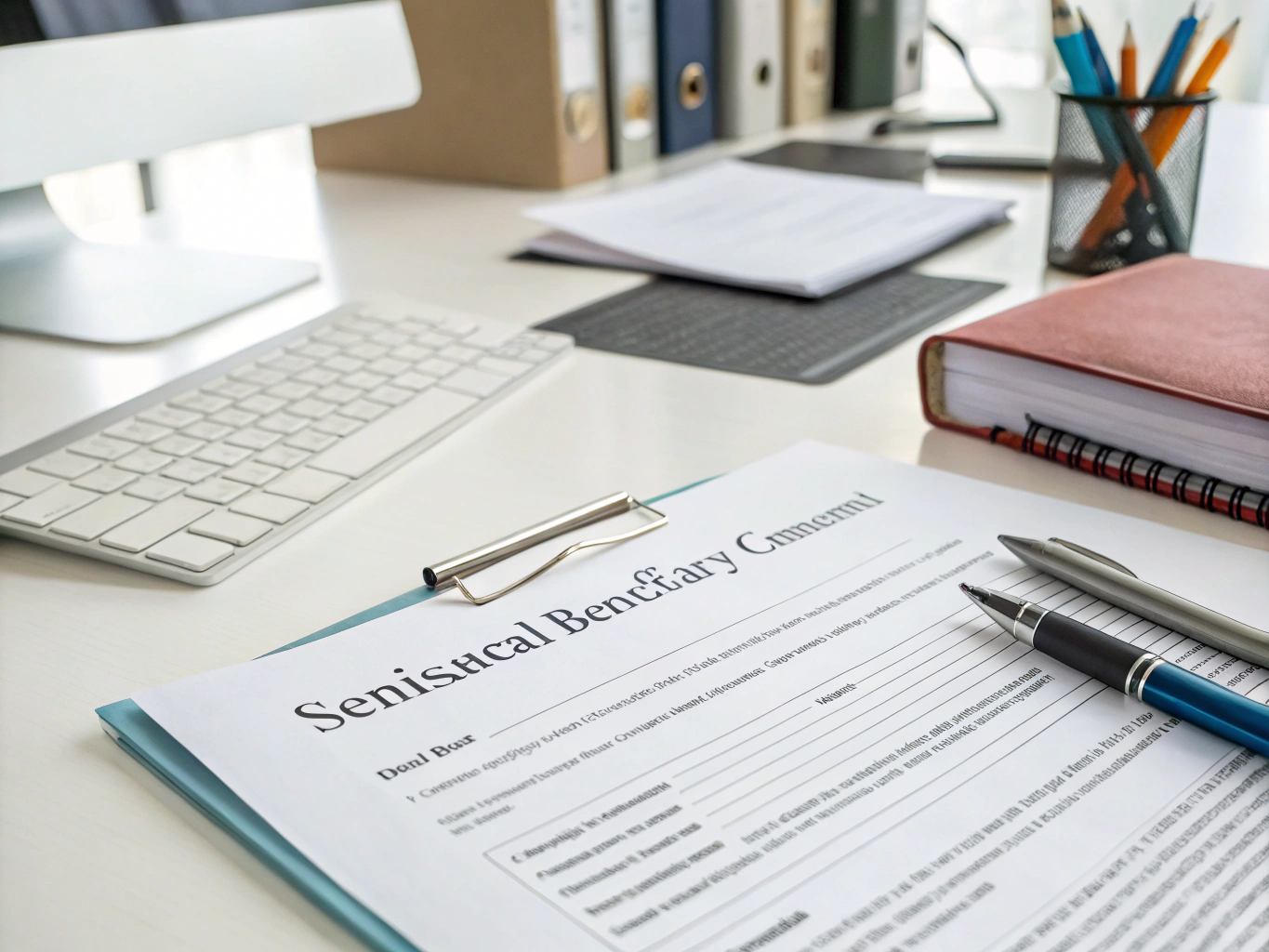What is a Sexual Harassment Complaint?
A Sexual Harassment Complaint form is a vital document that allows employees to formally report incidents of sexual harassment occurring in the workplace. This form serves as a written account detailing the nature and specifics of the harassment, which is essential for initiating an investigation by your organization. Reporting such incidents promptly is crucial, as it helps to prevent further occurrences and ensures that the matter is addressed in an appropriate timeframe.
Template
Below is a template you can customize for your organization’s needs:
Sexual Harassment Complaint Form
Purpose and Benefits
The primary purpose of the Sexual Harassment Complaint form is to create a structured and formal mechanism for employees to report harassment incidents. It not only empowers individuals to voice their concerns but also reinforces your organization’s commitment to maintaining a safe and respectful work environment. Here are some key benefits:
- Structured Reporting: Provides a clear format for employees to express their grievances, ensuring that all necessary information is captured.
- Timely Action: Facilitates swift investigation and resolution of complaints, helping to mitigate further incidents.
- Documentation: Creates an official record of complaints, which can be crucial for legal and compliance purposes.
- Encourages Reporting: Reduces the stigma around reporting harassment by providing a safe and confidential avenue for employees.
Essential Components
When creating your Sexual Harassment Complaint form, it’s vital to include specific elements to ensure it is comprehensive and effective. Here are the essential components:
- Employee Information: Essential for identifying the complainant and following up on the case.
- Date and Time of Incident: Helps establish a timeline of events, which is critical for investigations.
- Description of Incident: A detailed account is necessary for understanding the context and severity of the complaint.
- Witnesses: Including witness information can provide corroborative evidence to support the complaint.
- Supporting Documents: Any relevant evidence (emails, messages) strengthens the case and aids the investigation.
How to Use This Form
To effectively implement the Sexual Harassment Complaint form, follow these practical steps:
- Encourage Employees: Regularly remind employees of the existence of this form and the importance of reporting harassment.
- Provide Confidentiality: Assure employees that their complaints will be handled confidentially and sensitively to foster trust in the process.
- Train HR Personnel: Ensure that all HR staff is trained on how to handle complaints and the investigation process to ensure consistency and fairness.
- Follow Up: After a complaint is submitted, follow up with the complainant to acknowledge receipt and outline the next steps.
Legal and Compliance Considerations
Understanding the legal implications surrounding sexual harassment complaints is crucial. Federal laws, such as Title VII of the Civil Rights Act, protect employees from discrimination based on sex, which includes sexual harassment. Ensure that your complaint process aligns with these regulations and that employees are aware of their rights. It’s also important to keep abreast of state and local laws that may impose additional requirements.
Best Practices
To make the most of the Sexual Harassment Complaint form, consider the following best practices:
- Maintain an Open-Door Policy: Encourage an organizational culture where employees feel safe discussing their concerns without fear of retaliation.
- Regular Training: Conduct regular training sessions for employees and management on recognizing, preventing, and addressing sexual harassment.
- Review and Revise: Periodically review the form and the complaint process to ensure they remain effective and relevant to your organization’s needs.




